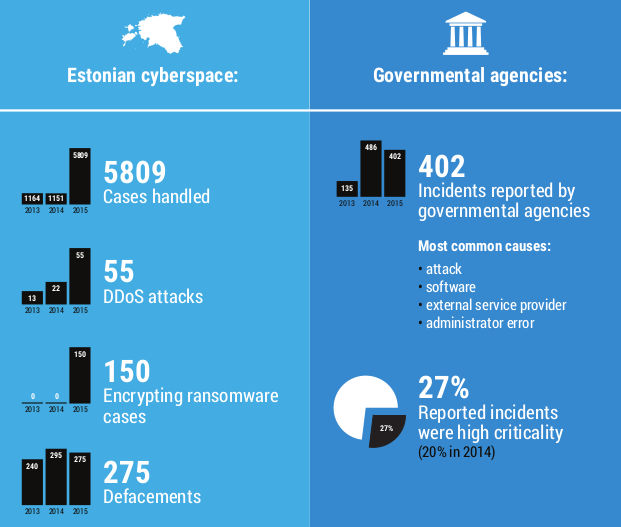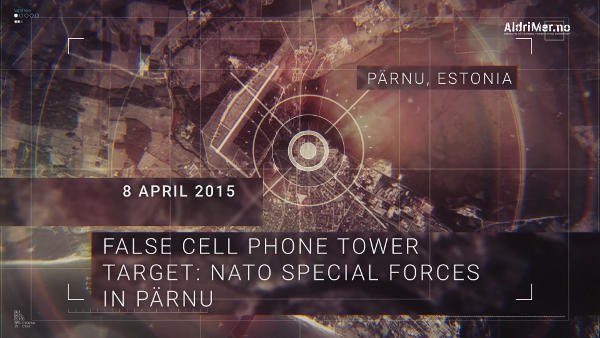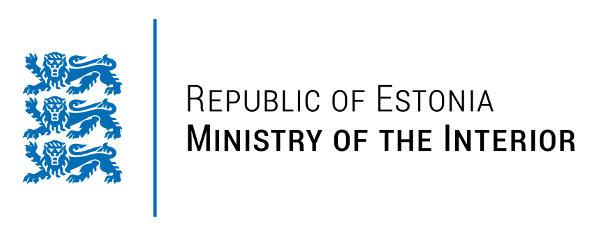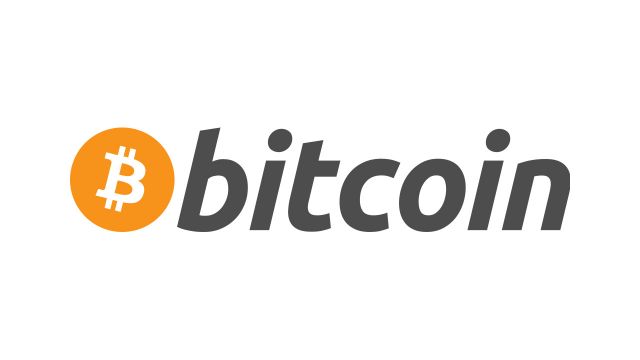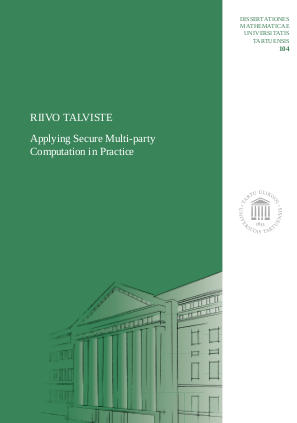
9:00 – Registration and Coffee
9:30 – Welcome and Introduction
Ülle Madise, Chancellor of Justice in Estonia
Helen Eenmaa-Dimitrieva, Director of the IT Law Programme, University of Tartu
9:45 – Keynote Address
Hannes Vallikivi, Chairman of the Board, Estonian Bar Association
10:15 – Innovative Technologies Influencing the Legal Sector
Ermo Täks, Associate Professor, Tallinn University of Technology
10:45 – Interoperability between IT and Law
Priit Parmakson, Architect, Estonian Information System Authority
11:15 – Blockchain Technology and the Law
Alex Norta, Associate Professor, Tallinn University of Technology
12:00 – Lunch Break
13:00 – IT Law Lab
Laura Kask, Legal Advisor at the Department of State Information Systems, Estonian Ministry of Economic Affairs and Communications
Ave Lauringson, Leading Specialist at the Information Society Unit, Estonian Ministry of Economic Affairs and Communications
Ave Piik, Head of the Intellectual Property and IT Law Commission, Estonian Bar Association; Head of IP/IT, COBALT
Karmen Turk, Litigation Attorney, Triniti Law Firm; Expert, Council of Europe; Visiting Lecturer in IT Law, University of Tartu
14:00 – Launch of the Legal Tech Competition
Hannes Vallikivi, Chairman of the Board, Estonian Bar Association
14:10 – 3-minute Pitches from Legal Startups
14:30 – Keynote Address: From Research to Innovative Legal Tech Products
Anna Ronkainen, Chief Scientist and Co-Founder, TrademarkNow
15:30 – Coffee Break
16:00 – Compliance and Digitalization. Launch of MyFondia Legal Platform
Bradley Mitchell, Senior Legal Counsel, Fondia
Anti Kodar, Managing Director, Fondia Baltic
17:00 – The Future of Legal Services
Risto Hübner, Chief Legal Officer, Nortal; Founder, Estonia Legal Hackers (Moderator)
Bradley Mitchell, Senior Legal Counsel, Fondia
Anna Ronkainen, Chief Scientist and Co-Founder, TrademarkNow
Tanel Erik Podar, Legal Counsel, Fortumo
Hannes Vallikivi, Chairman of the Board of the Estonian Bar Association
17:45 – Closing Remarks
Anne Veerpalu, Visiting Lecturer in IT Law, University of Tartu; Associate Partner, NJORD Law Firm; Founder, Estonian Legal Hackers
18:00 – Networking and Snacks
Links:
http://www.oi.ut.ee/en/studies/it-law-conference-legal-technology
